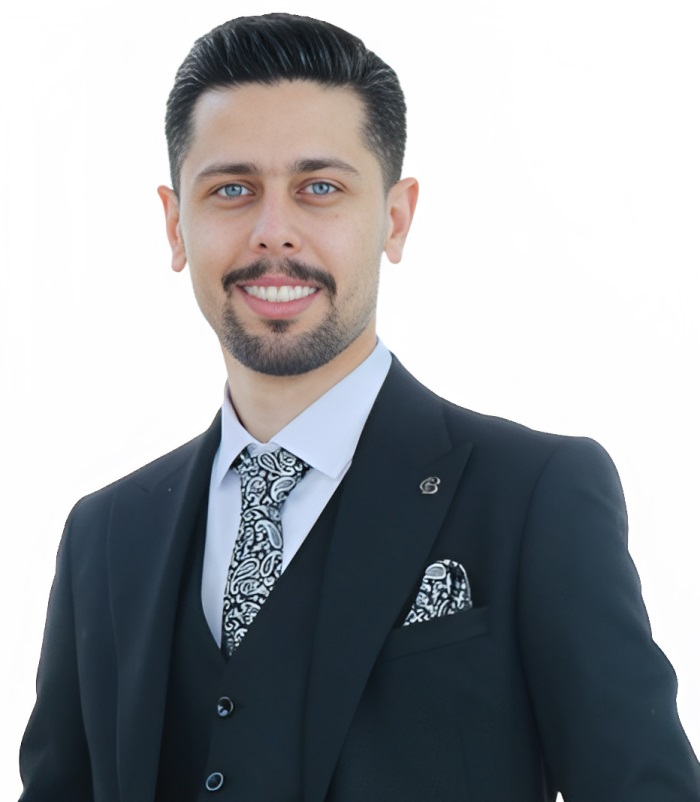
Meet Our Knowledge Transfer Partnership (KTP) Associate: Pooria Ghadir
We are working with Ulster University and Innovate UK on a 2-year Knowledge Transfer Partnership as part of our commitment to net-zero carbon targets. We launched a recruitment process for a KTP Associate to focus on developing low carbon cement/concrete and reduce waste from the construction sector. Pooria Ghadir has now started in this role. We are excited to hear more about his thoughts on this project and on the importance of academia-industry collaborations.
Tell me about your role in Farrans?
The project focuses on valorising soil waste (SW) as a raw material feedstock for concrete production, capitalising on its inherent or treatable cementitious properties. My role involves developing site-specific field and laboratory characterisation frameworks for SW, which will guide innovative treatment methodologies—such as mechanochemical, thermal, or alkali activation—for producing high-performance supplementary cementitious materials (SCMs).
What are you looking forward to the most with it?
I’m most excited about creating real-world impact by translating academic research into practical solutions for sustainable construction. The opportunity to contribute to circular economy practices and carbon reduction strategies in the industry is particularly rewarding. I’m also looking forward to working collaboratively with site teams, engineers, and environmental professionals to implement innovative solutions at scale.
What attracted you to apply?
The combination of technical innovation and practical implementation attracted me. The chance to work at the interface of academic research and industrial application through a KTP was especially appealing. Farrans’ commitment to sustainability and innovation aligned with my own research background, and I saw this as a unique opportunity to contribute meaningfully while continuing to grow professionally.
You have come from an academic background – what have you learned so far since joining the industry?
Moving into the industry has been a great learning curve. I’ve gained a deeper appreciation for the commercial, regulatory, and operational constraints that shape decision-making on the ground. I’ve also learned the value of clear communication and cross-disciplinary collaboration—something that’s essential when aligning technical innovation with project delivery and stakeholder expectations.
Why is it important for academics and businesses to work together?
Academic-industry collaboration is essential for bridging the gap between theory and practice. Academics bring deep research insights and innovation, while industry provides the context and resources for real-world application. By working together, we can accelerate the development and adoption of sustainable technologies, making a tangible impact on both environmental performance and commercial viability.
How have you found Farrans so far?
Farrans has been very welcoming and supportive. The environment encourages innovation and collaboration, and I appreciate the team’s openness to new ideas. There’s a strong sense of purpose around sustainability, and I’ve felt genuinely empowered to contribute from day one. It’s a great place to grow professionally while being part of a forward-thinking organisation.
What hobbies do you enjoy outside of work?
Outside of work, I enjoy exploring nature and hiking, which helps me recharge. On weekends, I enjoy visiting cultural and historical sites—it’s a great way to stay inspired and connect with the heritage around us.